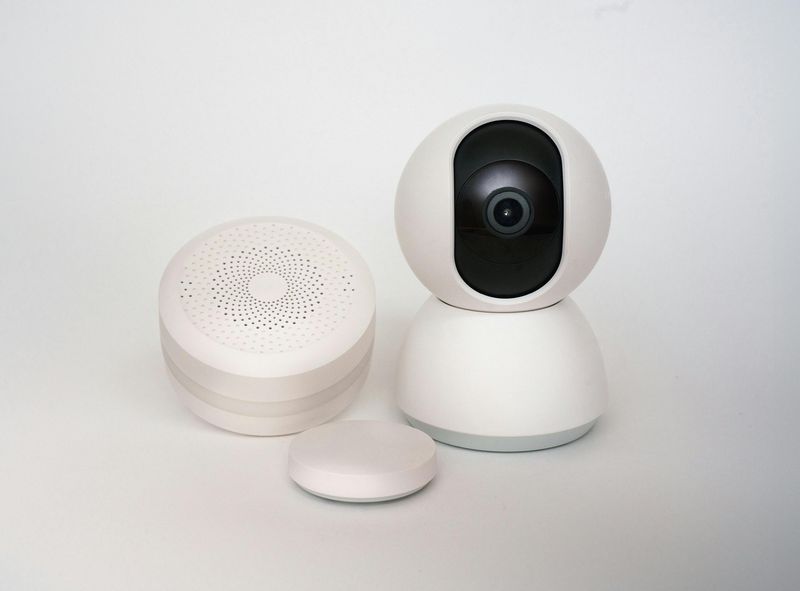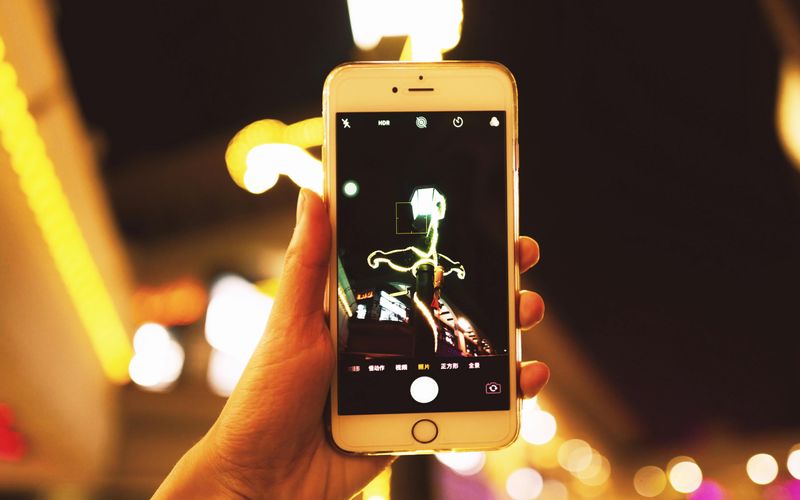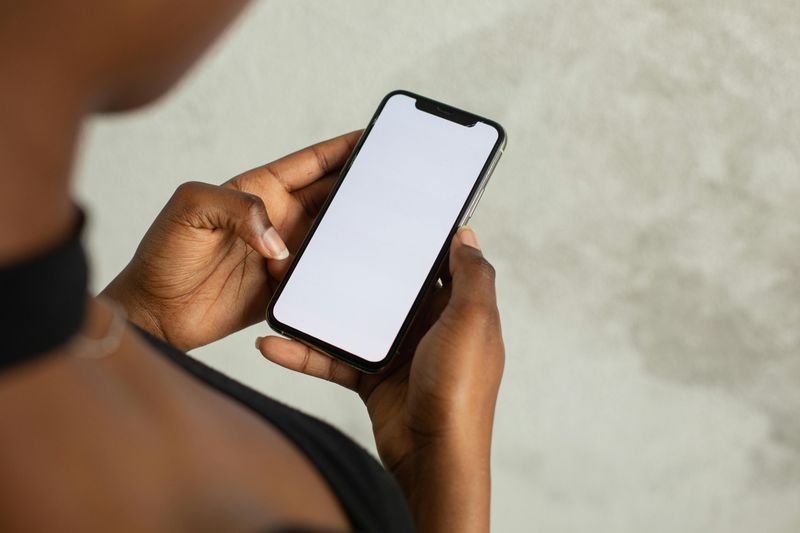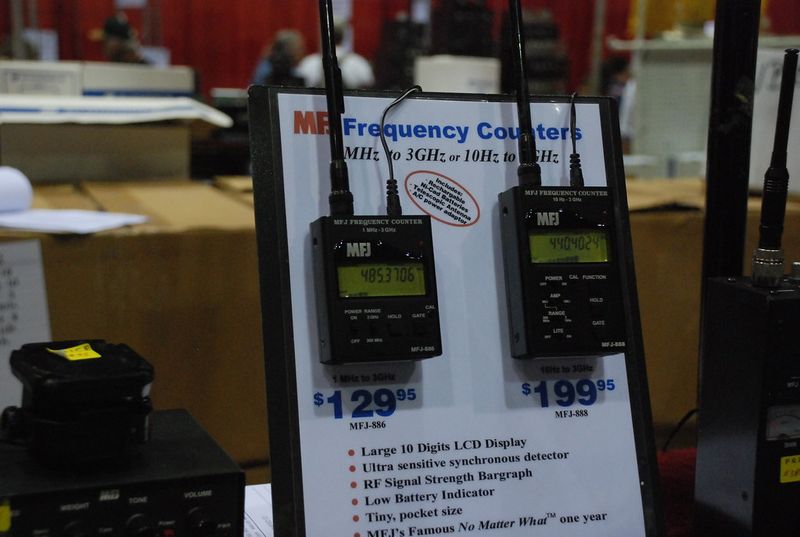5 Simple Tricks to Detect Hidden Cameras Anywhere You Stay

Worried about privacy in hotel rooms, vacation rentals, or changing rooms? Hidden cameras have become smaller and harder to spot, creating real privacy concerns for travelers. Learning how to detect these sneaky devices is now an essential travel skill. These five simple methods can help you check any space for hidden cameras, giving you peace of mind wherever you stay.
1. Inspect Common Disguises with Your Eyes

Cameras often hide in everyday objects you might not look at twice. Scan the room for items that seem out of place or positioned oddly – like smoke detectors facing the bed instead of the center of the room, or multiple alarm clocks.
Look closely at electronics, picture frames, and even coat hooks for tiny pinholes where a lens might be hiding. Pay special attention to objects that have been repositioned or seem unusual for the space.
Remember to check bathroom fixtures too – showerheads, electrical outlets, and air fresheners can all conceal tiny cameras. Trust your instincts if something looks strange.
2. Use Your Smartphone Camera to Spot IR Lights

Many hidden cameras use infrared lights to see in the dark – invisible to our eyes but not to your smartphone camera! Turn off all lights in the room and close curtains for complete darkness.
Open your phone’s camera app (don’t turn on the flash) and slowly scan around the room. Watch your screen for any small purple-white glowing dots – these could be infrared lights from hidden cameras.
Front-facing cameras on older phones work best for this trick. Test this method beforehand by pointing your phone camera at a TV remote while pressing buttons to see how IR lights appear on your screen.
3. Scan the Wi-Fi Network for Suspicious Devices

Modern spy cameras often connect to Wi-Fi networks to stream footage. Download a network scanner app like “Fing” on your smartphone before your trip. When you arrive at your accommodation, connect to the Wi-Fi network and run the scanner.
The app will show all connected devices. Look for suspicious names like “IP Camera” or devices with camera-related manufacturers. Unknown devices with strange names might be hidden cameras.
For extra security, you can temporarily turn off the Wi-Fi router if you have access to it. If any cameras are present, they’ll lose their connection and might stop recording.
4. Track Down Wireless Signals with an RF Detector

Radio frequency (RF) detectors are affordable gadgets that can find wireless cameras by picking up their signal transmissions. Simply turn on the detector and walk slowly around the room – it will beep, light up, or vibrate when near active electronic devices.
The stronger the signal, the closer you are to the source. Follow the increasing signal strength like a hot-and-cold game until you pinpoint suspicious objects. These detectors cost between $20-$50 online.
One limitation: they won’t detect cameras that save footage to memory cards instead of transmitting. But for wireless cameras, they’re incredibly effective and require no technical knowledge to use.
5. The Mirror Test: Fingernail Reflection Trick

Two-way mirrors can hide cameras while looking like normal mirrors. The fingernail test is a quick way to check if a mirror is suspicious. Place the tip of your fingernail against the mirror surface.
In a normal mirror, there’s a gap between your fingernail and its reflection because the reflective coating is behind the glass. If your fingernail and its reflection touch with no gap, it might be a two-way mirror. Real mirrors also sound solid when tapped, while two-way mirrors sound hollow.
Another test: turn off lights and shine your phone flashlight at the mirror. A two-way mirror might reveal what’s behind it when lit from an angle.

Comments
Loading…